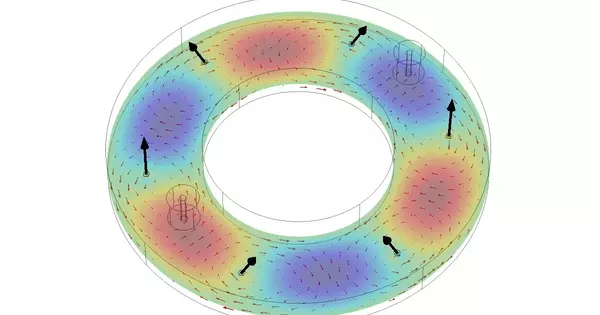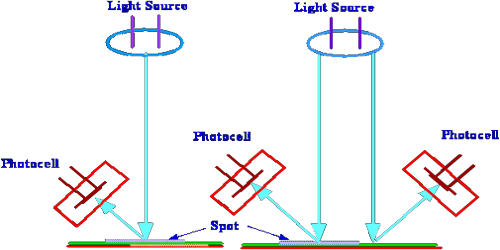Micromagnetics is the study of magnetic material behavior at the micrometer scale. It entails the use of mathematical models and numerical simulations to investigate the magnetic properties of small magnetic structures such as magnetic nanoparticles, thin films, and patterned magnetic media.
Micromagnetics is a branch of physics concerned with the prediction of magnetic behaviors at sub-micrometer length scales. The length scales considered are large enough to ignore the atomic structure of the material (the continuum approximation), but small enough to resolve magnetic structures such as domain walls or vortices. It can deal with static equilibria by minimizing magnetic energy, and dynamic behavior by solving the time-dependent dynamical equation.
Micromagnetics is an interdisciplinary field that combines physics, mathematics, and computer science. It has important applications in data storage, spintronics, magnetic sensing, and biomedical imaging. Understanding the fundamental magnetic properties of materials at the microscale is critical for the development of new technologies in these fields.
Micromagnetism is a continuum theory of ferromagnetic materials that allows the spin configuration of arbitrary shaped samples to be computed. The theory is based on the assumptions that the magnetization vector’s length is constant and that all energies vary slowly at the atomic scale. Thus, this theory is applicable to nano-objects but fails when approaching the atomic scale. The constant magnetization length assumption also limits the theory at temperatures far below the Curie temperature.
Application
Micromagnetics models typically involve solving the Landau-Lifshitz-Gilbert equation, which describes the dynamics of magnetization in a magnetic material. This equation takes into account the exchange interaction, anisotropy, magnetic fields, and thermal fluctuations that affect the magnetization of a material.
Micromagnetics also involves the use of computational tools such as finite element methods, boundary element methods, and Monte Carlo simulations to study the magnetic properties of materials. These simulations allow researchers to investigate the behavior of magnetic materials under different conditions and to design new materials with specific magnetic properties.
The interaction of micromagnetics and mechanics is also of interest in industrial applications involving magneto-acoustic resonance, such as hypersound speakers and high frequency magnetostrictive transducers. FEM simulations that incorporate the effect of magnetostriction into micromagnetics are critical. These simulations employ the models described above in a finite element framework.
Aside from conventional magnetic domains and domain walls, the theory also considers the statics and dynamics of topological line and point configurations, such as magnetic vortex and antivortex states, or even 3d-Bloch points, where the magnetization leads radially in all directions from the origin, or into topologically equivalent configurations. Thus, nano- (and even pico-)scales are used in both space and time.
















